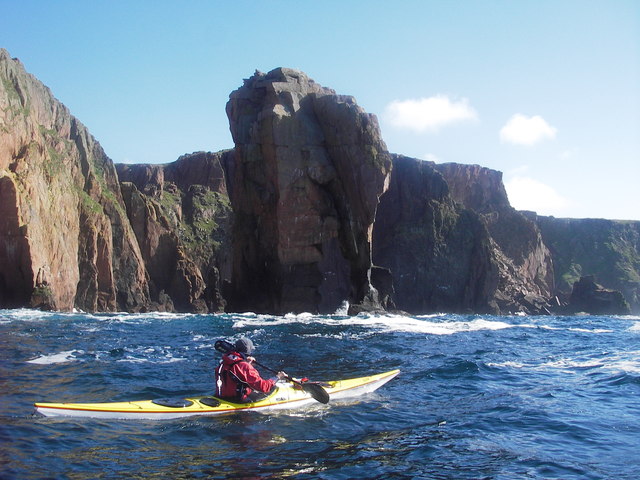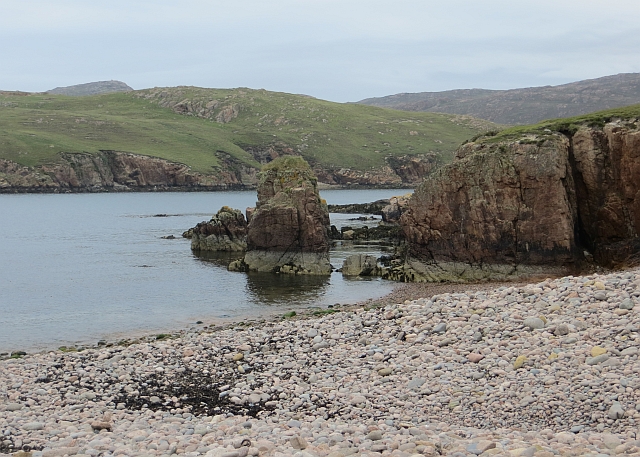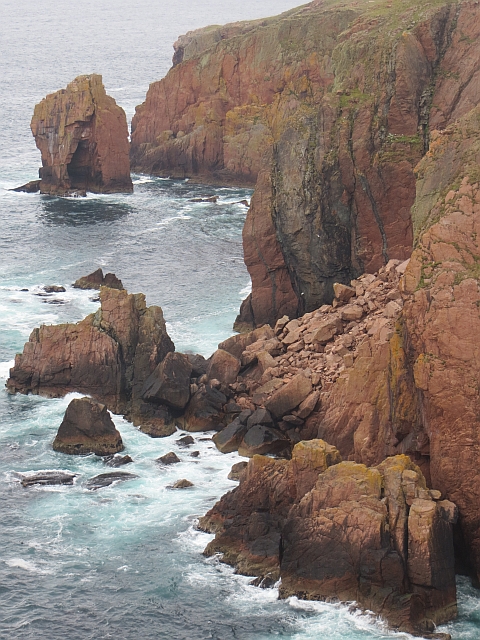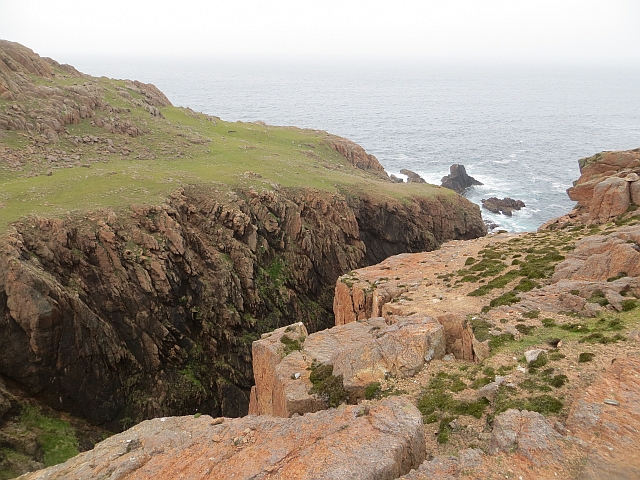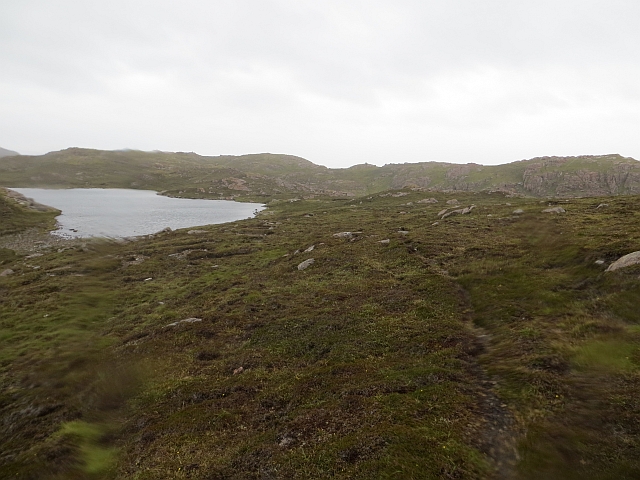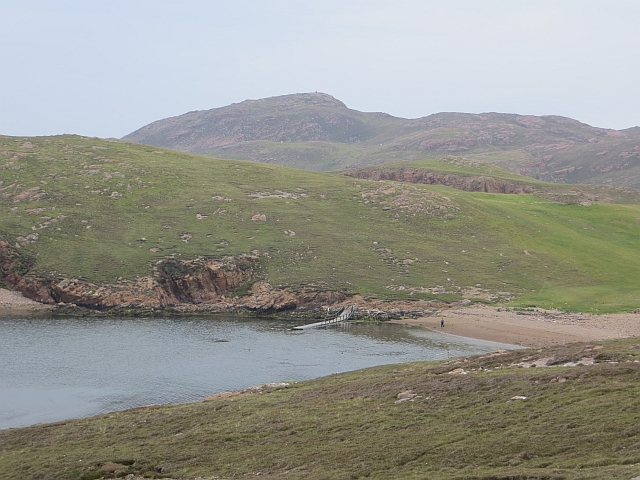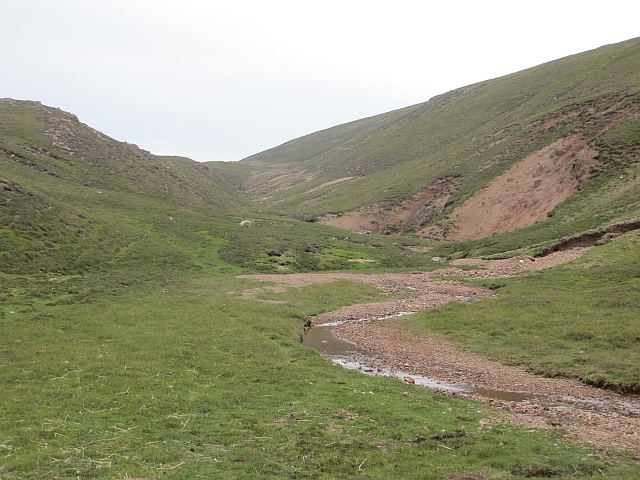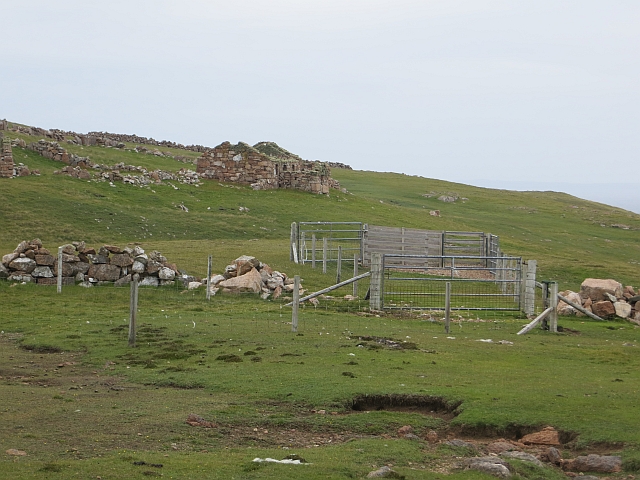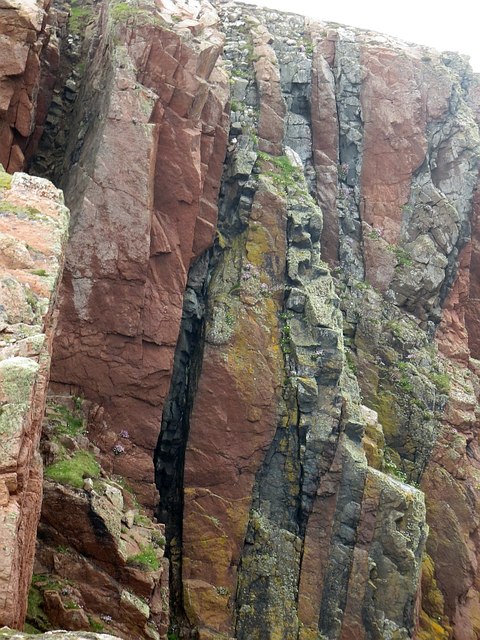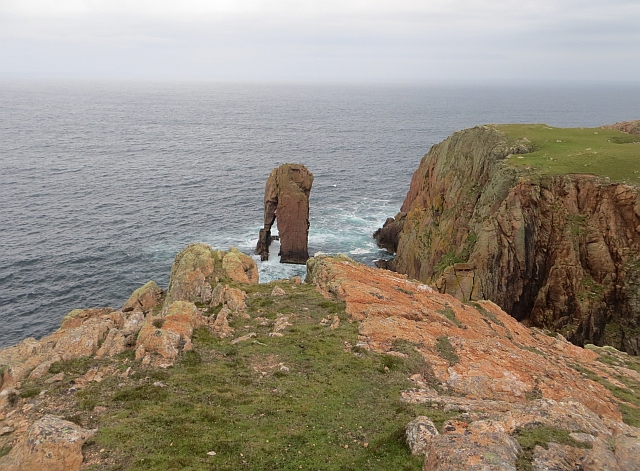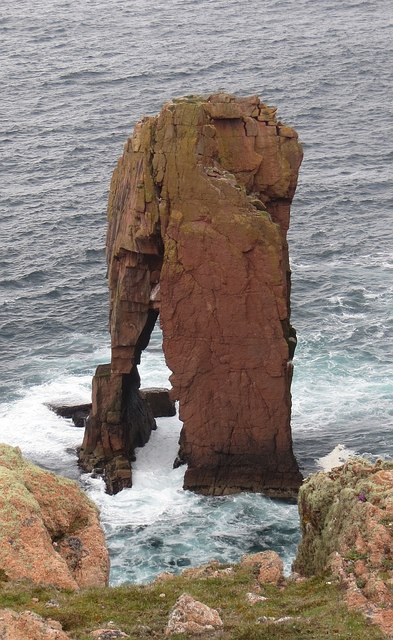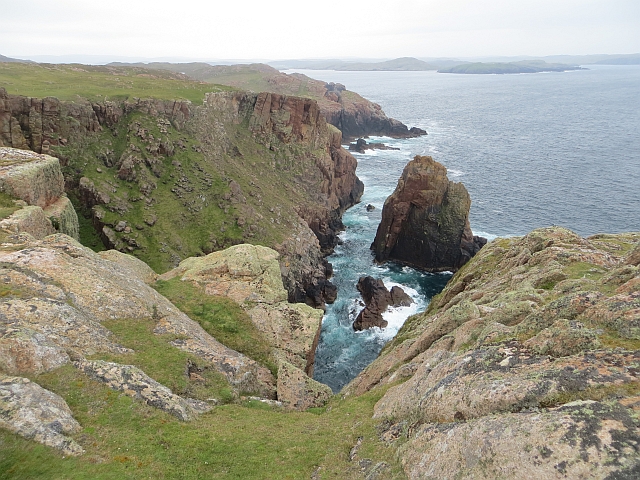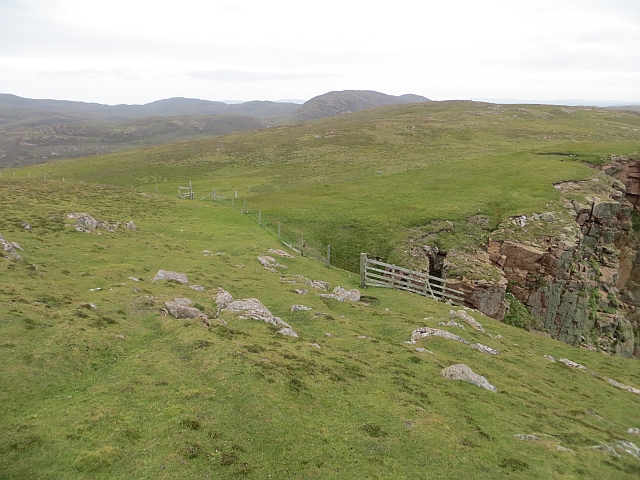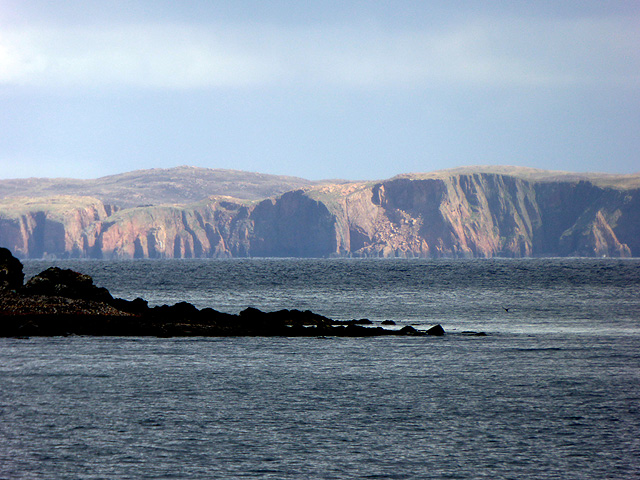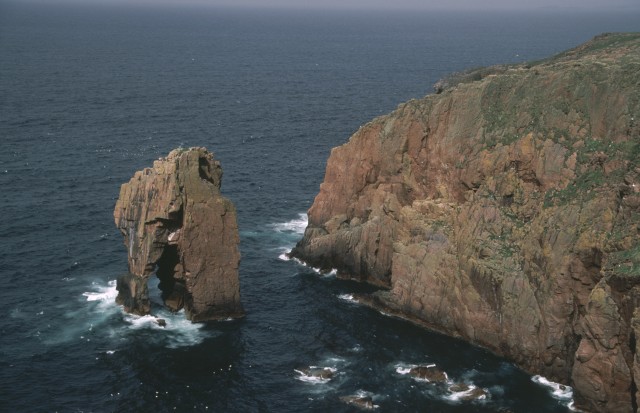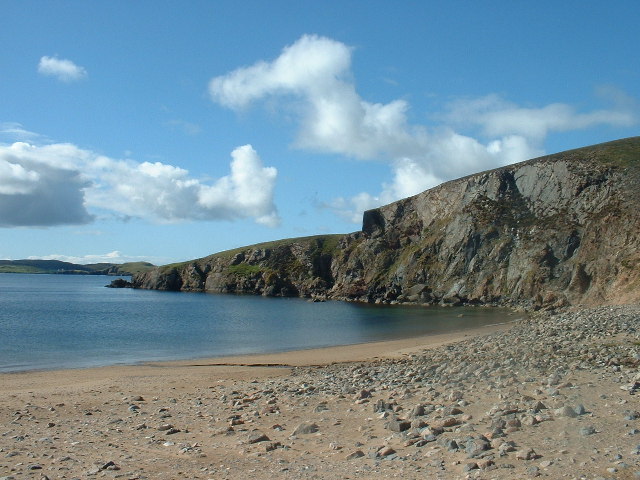Kneefill Ness
Coastal Feature, Headland, Point in Shetland
Scotland
Kneefill Ness
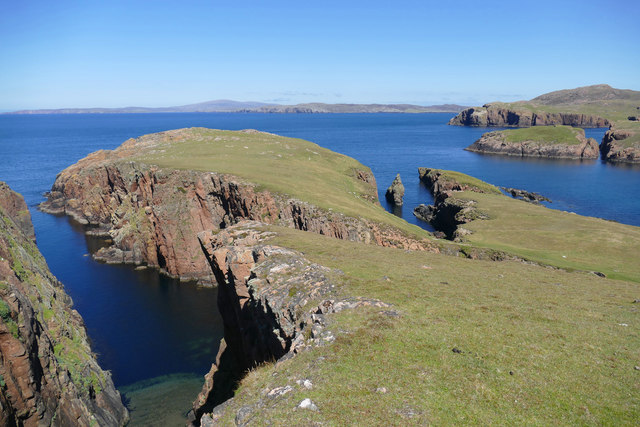
Kneefill Ness is a prominent coastal feature located in the Shetland Islands, situated off the northeastern coast of Scotland. It is classified as a headland or a point, depending on the specific definition used.
Rising proudly from the surrounding landscape, Kneefill Ness boasts impressive cliffs that overlook the North Atlantic Ocean. The headland is characterized by its rugged and dramatic terrain, with steep slopes and jagged rocks that have been shaped by centuries of wind and waves. The cliffs offer breathtaking panoramic views of the surrounding coastline, making it a popular spot for sightseeing and photography.
The area surrounding Kneefill Ness is rich in wildlife, with numerous bird species making their homes on the cliffs. Visitors may have the chance to spot seabirds such as puffins, guillemots, and gannets, as well as occasional sightings of seals and porpoises in the waters below.
Access to Kneefill Ness is relatively easy, with a well-maintained coastal path leading visitors to the headland. The path offers stunning views along the way, showcasing the rugged beauty of the Shetland coastline.
Due to its exposed location, Kneefill Ness is subject to strong winds and rough seas, particularly during storms. Visitors are advised to take caution and adhere to safety guidelines when exploring the headland.
Overall, Kneefill Ness is a captivating coastal feature that showcases the raw beauty and untamed nature of the Shetland Islands. Its dramatic cliffs, diverse wildlife, and stunning views make it a must-visit destination for nature enthusiasts and explorers.
If you have any feedback on the listing, please let us know in the comments section below.
Kneefill Ness Images
Images are sourced within 2km of 60.371496/-1.4729392 or Grid Reference HU2965. Thanks to Geograph Open Source API. All images are credited.

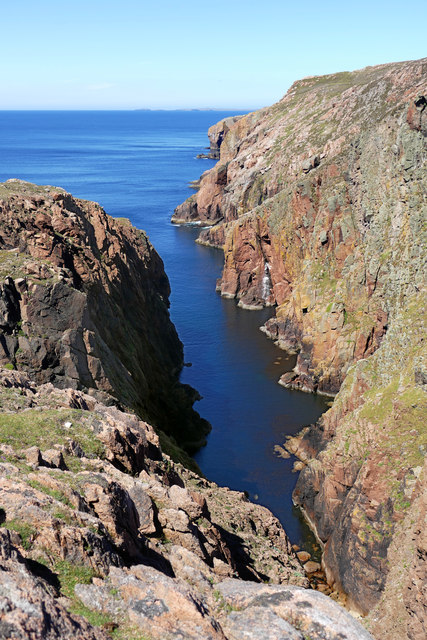
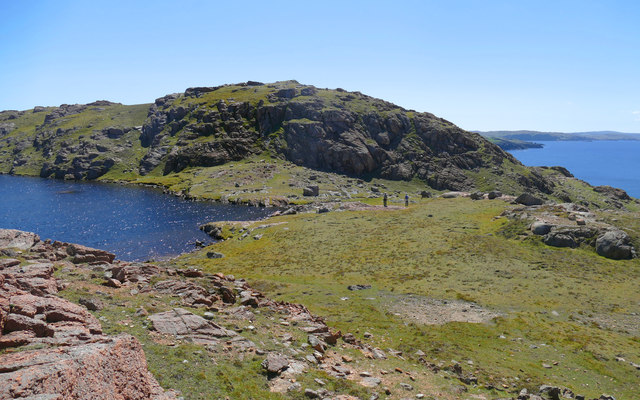
Kneefill Ness is located at Grid Ref: HU2965 (Lat: 60.371496, Lng: -1.4729392)
Unitary Authority: Shetland Islands
Police Authority: Highlands and Islands
What 3 Words
///observes.heartless.undulation. Near Brae, Shetland Islands
Nearby Locations
Related Wikis
Muckle Roe
Muckle Roe is an island in Shetland, Scotland, in St. Magnus Bay, to the west of Mainland. It has a population of around 130 people, who mainly croft and...
Linga (near Vementry)
Linga is one of the Shetland Islands, near Vementry. It is one of many islands in Shetland called Linga. The island is uninhabited. == Geography and... ==
Vementry
Vementry (Old Norse: "Vemunðarey") is an uninhabited Scottish island in Shetland on the north side of the West Mainland, lying south of Muckle Roe. �...
Mavis Grind
Mavis Grind (Old Norse: Mæfeiðs grind or Mæveiðs grind, meaning "gate of the narrow isthmus") is a narrow isthmus joining the Northmavine peninsula to...
Papa Little
Papa Little (Scots: Papa Little; Old Norse: Papey Litla, meaning "the little island of the priests") is an island in St Magnus Bay, Shetland, Scotland...
Busta Voe
Busta Voe, (HU665350), in the north central Mainland, Shetland, is a sea inlet lying between the village of Brae and the island of Muckle Roe. At the head...
Linga, Busta Voe
Linga is a small, uninhabited island, 1 km (0.62 mi) east of Muckle Roe in the Shetland Islands. The island is roughly circular in shape and its highest...
Brae
"Brae" is also the Lowland Scots language word for the slope or brow of a hill.Brae (Old Norse: Breiðeið, meaning "the wide isthmus") is a village on the...
Nearby Amenities
Located within 500m of 60.371496,-1.4729392Have you been to Kneefill Ness?
Leave your review of Kneefill Ness below (or comments, questions and feedback).
